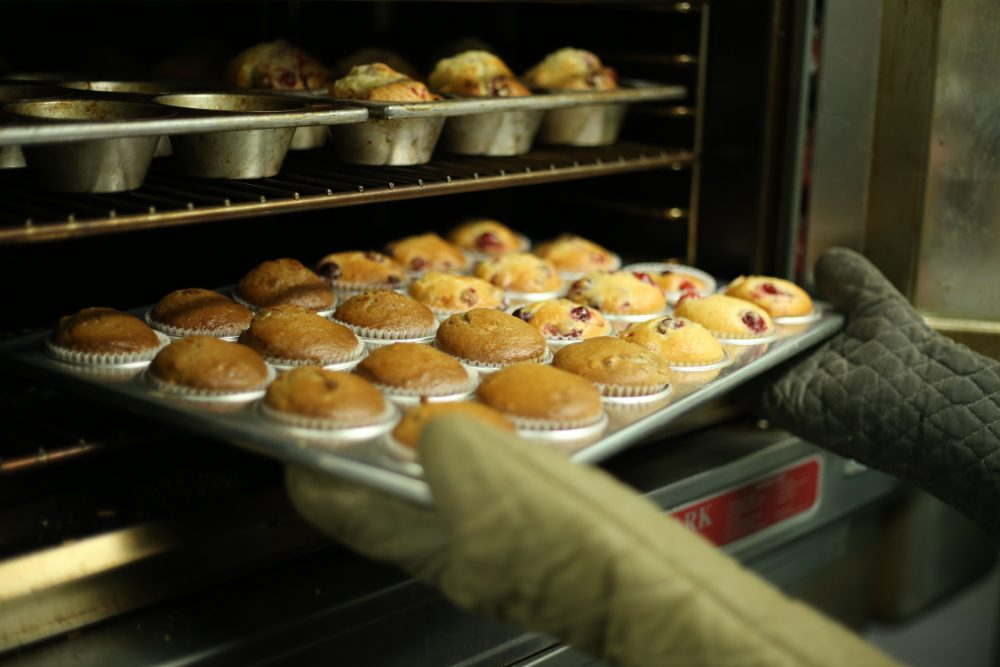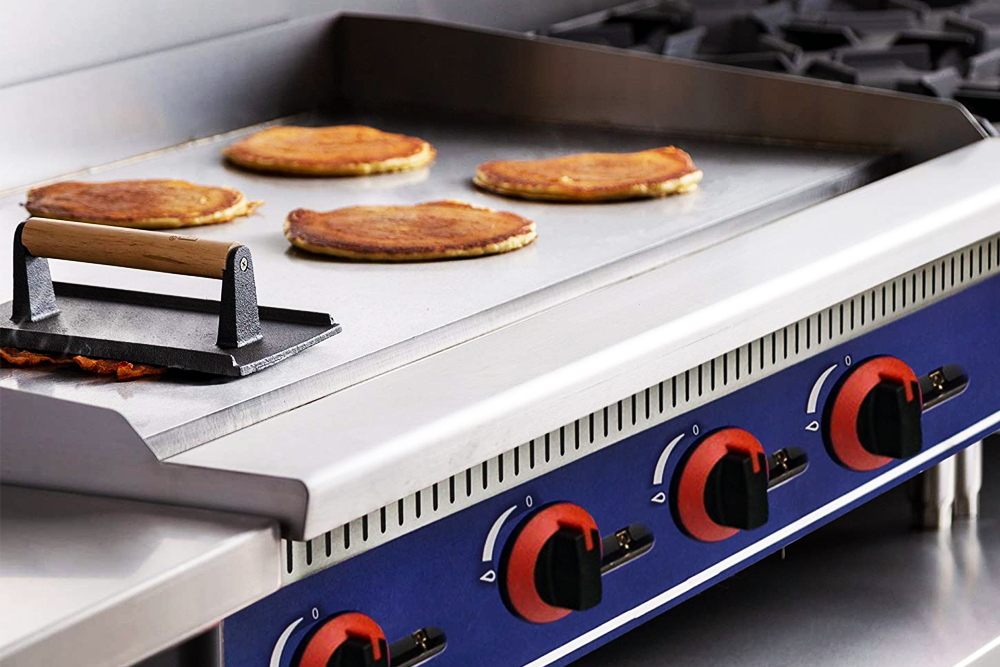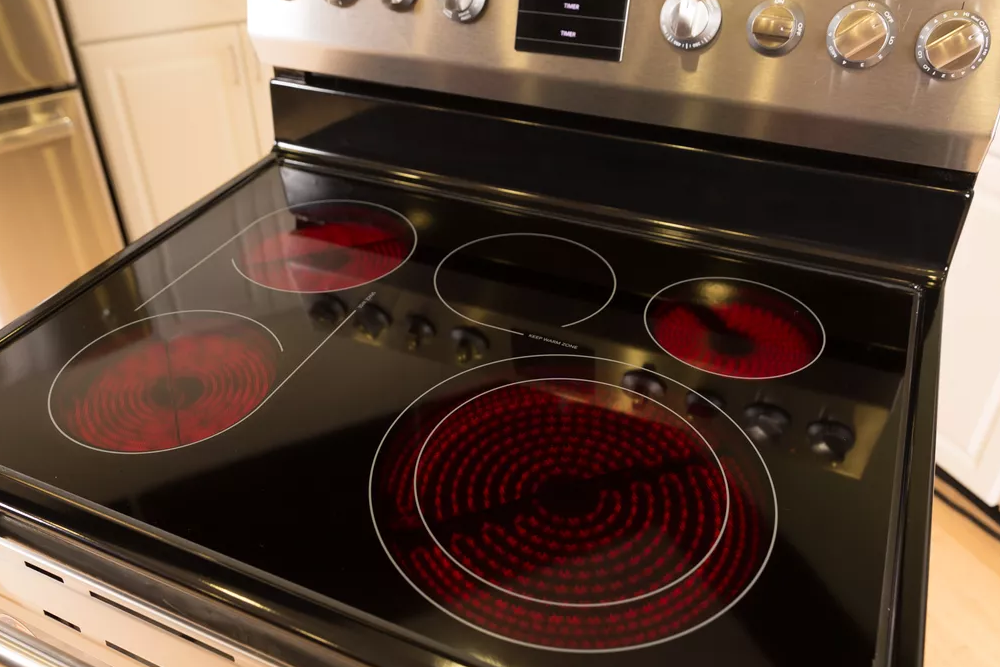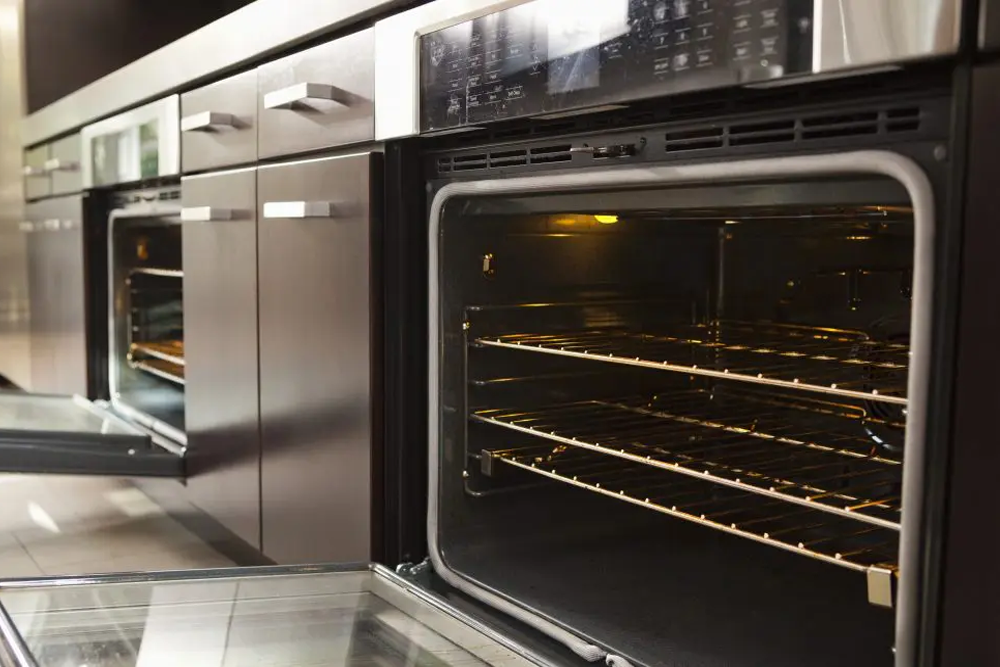 Here Are Simple Ways to Stop Wasting Food and Slice Your Grocery Budget
Here Are Simple Ways to Stop Wasting Food and Slice Your Grocery Budget
Grocery is a flexible budget expense that can be reduced when money is tight. Trying new recipes and finding ways to incorporate carrots tops, kale stems, and tomato leaves will help you stretch your food budget.
Tips to help you stretch your food dollars
Test out not-so-obvious ingredients
According to Linda Ly, founder of the website Garden Betty, not seeing ingredients such as Zucchini leaves or sweet potato vines in recipes on restaurants menus make people feel they are inedible. For instance, if you take the greeny leafy tops of carrots, people thought they were poisonous since no one ever thinks about eating it.
While in actual sense, carrot greens are very nutritious- even more than the carrot roots themselves. LY frequently uses carrot greens in place of parsley in soups and stir fry dishes or to make chimichurri. Browse the internet about vegetables and read books. You will be shocked by how many ways you can get creative in your kitchen.
Preserve the quality and safety of food
Immediately you arrive home from the grocery store, freeze and refrigerate perishable foods faster to preserve freshness and prevent spoilage and waste. Refrigerate fresh-cut produce and ripe fruit. Do not wash vegetables and fruits until right before eating.
It is also safe to freeze meat and poultry directly in its supermarket wrapping. Nonetheless, following the United States Department of Agriculture Food Safety and Inspection Service, this kind of wrap enables air to reach the surface of the food. It might result in freezer burn or leathery or dry spots on the surface. It is still safe to eat; nonetheless, you might need to cut away the affected area for better quality.
For optimum quality, overwrap packages of frozen poultry and meat will not be used within a month or two. Suitable material comprises airtight heavy-duty aluminum, foil, plastic wrap, and paper wrap that are recommended for freezer use. Another alternative is to put the supermarket package inside a freezer plastic bag. Then repackage family packs into smaller amounts using one suitable material or airtight freezer containers. It is not essential to rinse meat before freezing. Freeze unopened vacuum package as is.
Remove produce out of plastic bags from the produce aisle, since the bags may speed the decay of food. You might be able to extend the freshness of produce by storing it in reusable green bags.
Examine bags of groceries
Inspect bags of fruits, onions, and potatoes. Throw out bad items. Keep onions and potatoes in a cool, dry place and refrigerate fruits and vegetables. Store all other funds correctly, so they do not dry out, molded, or stale.
Also, as you unpack cans and packaged foods from grocery bags, note down the date of every item. Check expiration dates since sale items are sometimes reduced right before their expiration date. Put newly bought canned foods behind older ones in your pantry. Older food products, and the ones close to expiration dates, should be out front. Ensure you use them first.
Strive to meet your food budget goal
Once you put your groceries away, compare your register receipt with your food budget objective. Evaluate if you meet your goal, then look at all your purchases and ask yourself the following questions.
- Did you stick to your shopping list, not unless you found foods on sale or an inexpensive substitute for other items on your list?
- Were your purchases economical when compared to other items you may have chosen?
- If you bought extra, were they essential for meeting your food needs, or were they real bargains, if not were they healthy treats worth the money you spent on them?
Prevent waste
The most expensive food you buy is the food you throw away. You lose money each time you throw away food in the garbage. Mainly you throw away food because it spoils or passes its expiration date before you get around to eat it.
Rather than throwing away vegetables and overripe fruits and finding uses for them. For instance, you can use overripe fruit such as bananas in muffins, or freeze them for later use in fruit smoothies. The peeling of an overripe banana turns black and might look gross; however, the inside is tasty and safe to eat.
If you have food waste, it is possibly because of the following reasons:
- Buying the wrong amounts of food
- Not planning menus with the input and help of family members.
- Refused food or justify on the plate
- Serving too large portion
- Food not cooked properly
Prepare foods economically
Do batch cooking when you have some additional time and money in your food budget, cook a large amount of food for meals, and freeze some to serve later in the month. For instance, prepare chili or spaghetti sauce. Eat some today and freeze the rest in family-size portions. Make a lasagna or casserole and freeze half. Then label containers with the type of food and the date prepared.
While the oven is hot, bake more than one item in the same period. Choose several foods that can be cooked at the same temperature (such as vegetable, main dish, dessert, quick bread, or other food).
Also, instead of eating out, fix snacks and lunches at home and brown bag to school or work. This is a great method to use justifyover food. Encourage your kids to participate in the school lunch program to have a balanced meal at a reasonable price.
Avoid high-calorie snacks from vending machines at school or work. At home, pack your cut-up vegetables, fruit, or similar items into small bags and take beverages you bought by the case.
Sale it
A food sale is your best friend. Watch out for any promotional materials that come your way. Grocery stores mail out pamphlets about food promotions to surrounding neighborhoods. Coupons, loyalty cards, and make excessive use of manager specials to save money through food sales.
Know what is in season
Farmers might charge premium prices for items not in peak season, such as greenhouse tomatoes in early summer. Purchase foods in their peak season to get the best price and consider preserving or freezing them for later use. To obtain information on how to preserve fruits and vegetables, refer to the earlier discussion on food storage.
Grow your vegetables and fruits
Most fresh and nutritious fruits and vegetables can spring from a couple of packs of seeds. Use pots if you do not have space for a garden. Try indoor pots or even greenhouse growing for the colder months.
Prepare homemade soup that is chock full of veggies and fruits
Homemade soup is a tasty and healthy way to use vegetables and fall fruits. Prepare a big batch and freeze justifyovers in small lunch-size containers. You can try apple, carrot, barley, mushroom and butternut squash.
Try a justifyover makeover
Spice up justifyovers by adding new vegetables and fruits to create something new for the next day. Last night’s dinner makes a great cheap lunch for today. Turn a chicken dinner into a veggie-rich soup or other veggie sides into a lasagna or veggie casserole.
Do not shop when hungry
Eat some vegetables or fruits before you go to the grocery store to avoid hunger-based impulse buys.
Buy in bulk
Rather than buy a new can of beans every time you hit the store, purchase a large bag of dried beans that you can soak overnight. Most of the stores, such as Whole Foods or Sprouts, have the choice of bringing your own containers to fill with your desired pantry staples such as grains, nuts, spices, flour, and oats. You can also look for local shops with bottle refill programs for your cooking basics such as vinegar or olive oil.

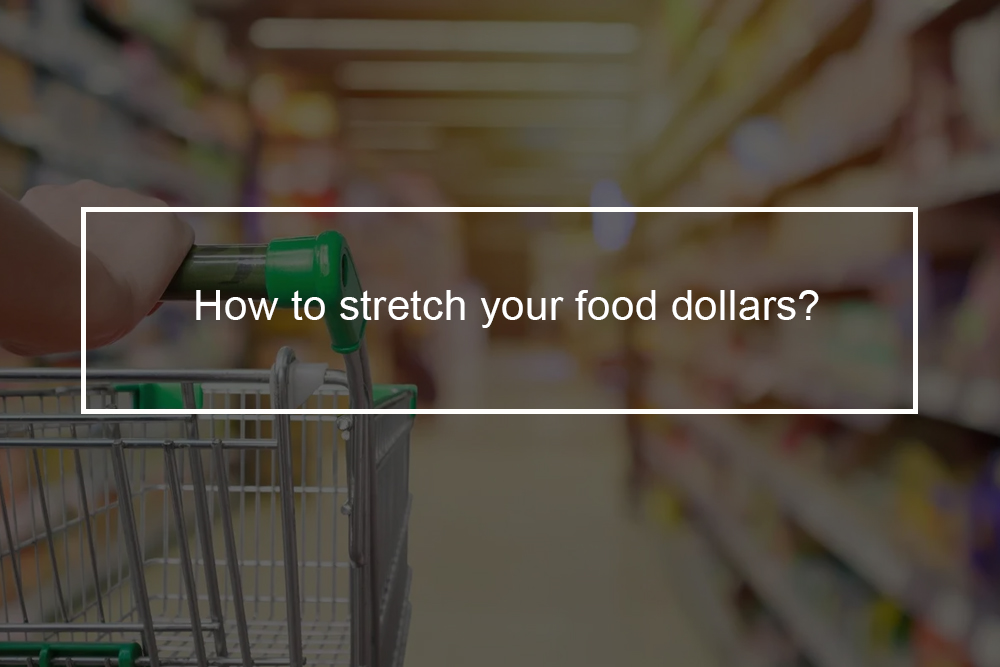 Here Are Simple Ways to Stop Wasting Food and Slice Your Grocery Budget
Here Are Simple Ways to Stop Wasting Food and Slice Your Grocery Budget

